Mission Accomplished
How Columbia’s startup accelerator network puts entrepreneurs on the fast track
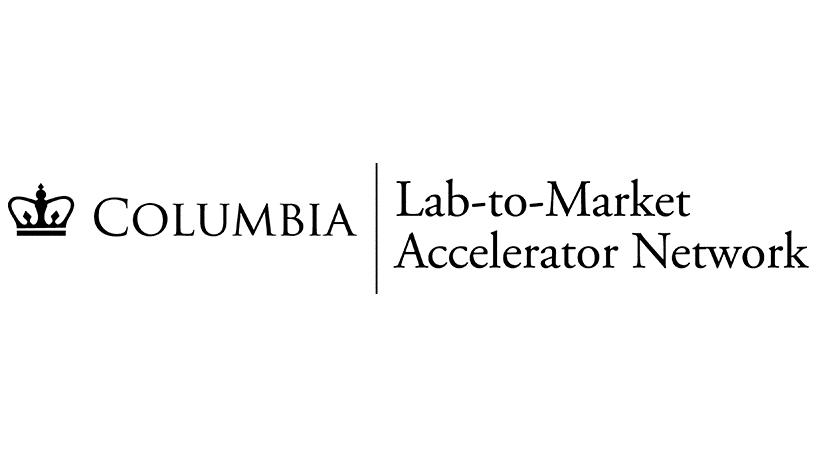
Say you create a machine that turns seawater into hydrogen, an emission-free, cost-effective fuel that could transform the maritime industry from among the most polluting to among the greenest. How can you save the world if your invention doesn’t translate outside the lab?
Columbia University’s in-house startup accelerator was founded in 2018 to help facilitate that imperative leap, from idea to real-life success story, by helping innovators leverage connections in one of the most vibrant startup cultures on the planet. With one million people holding degrees in science and engineering-related fields, New York City boasts the second-highest valuation of any such ecosystem in the world.
Known as the Columbia Lab-to-Market (L2M) Accelerator Network, and as part of Columbia Tech Ventures, the program serves as a cross-discipline support system providing tactical and strategic guidance to Columbia-affiliated entrepreneurs across the life and physical sciences. With 11 tailored accelerator programs running under its umbrella—serving entrepreneurs from advanced materials to emerging media—L2M provides core infrastructure and resources to support early-stage University teams as they move technologies forward.
The benefits for Columbia engineers have been enormous. Funding for Columbia Biomedical Engineering Technology Accelerator (BiomedX) teams, for example, totaled $5 million by 2020. Among the partners on the physical sciences side are the Columbia | IBM LAUNCH Accelerator and, as of 2020, the Corning Advanced Materials Prize Program; the latter’s first three interdisciplinary Columbia-based finalist teams (all led by engineering faculty) were announced in March. Their proposed technologies carry the potential to transform advanced thin-film electronics, point-of-care diagnostics, and wavefront-shaping metasurfaces.
Offering invaluable access to industry mentors and coaches, as well as intensive tutorials, workshops aimed at turning a killer idea into an minimum viable product, and follow-on ignition funding, the network continues to shepherd numerous engineering breakthroughs all the way through startup formation and onto the market.
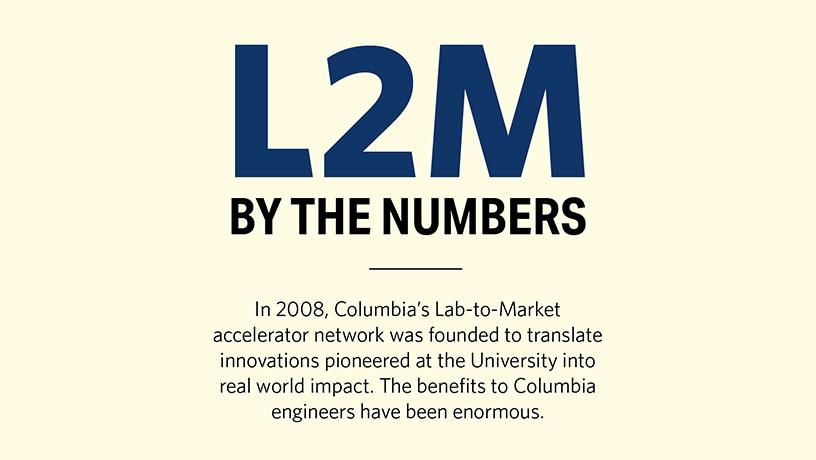
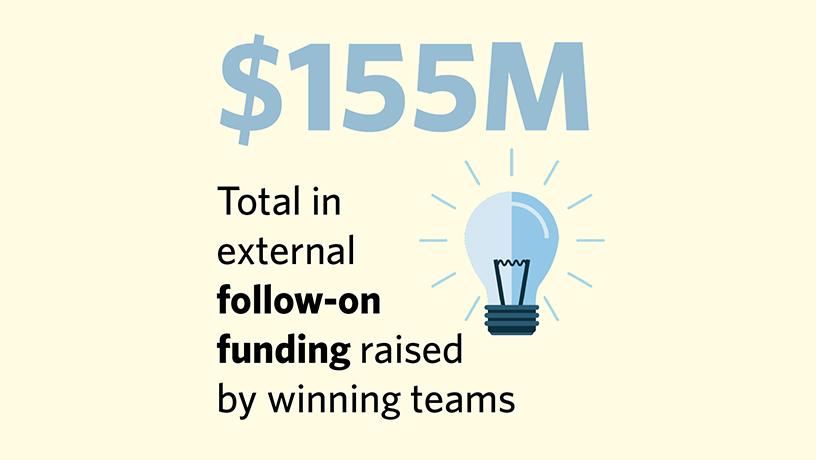
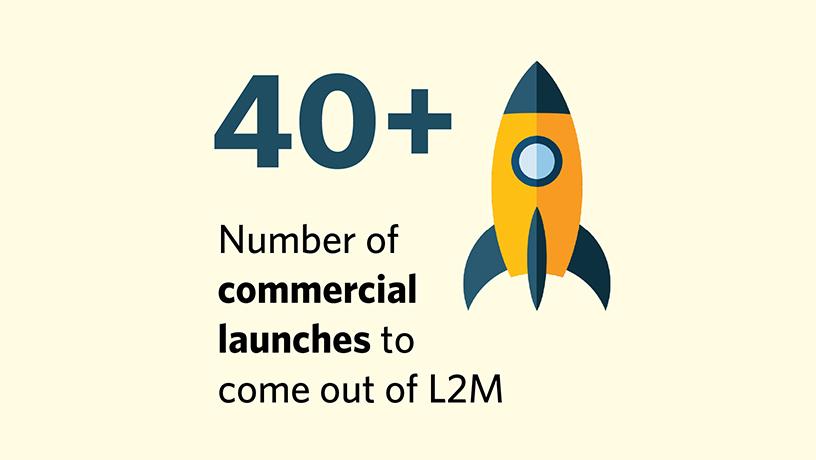
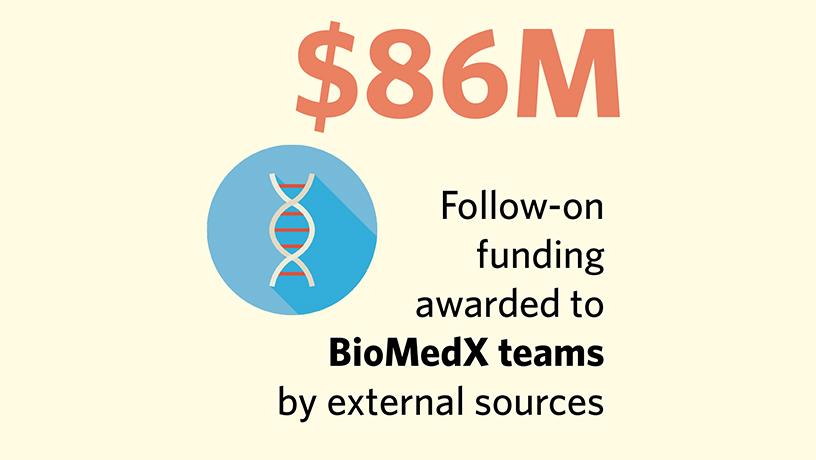
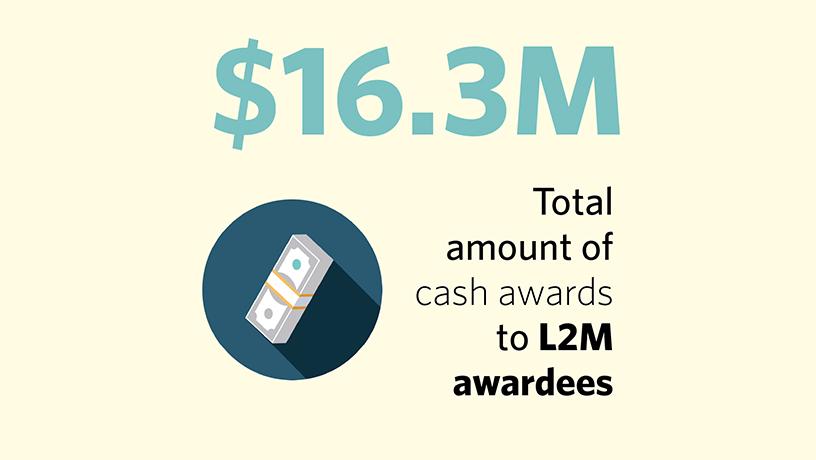
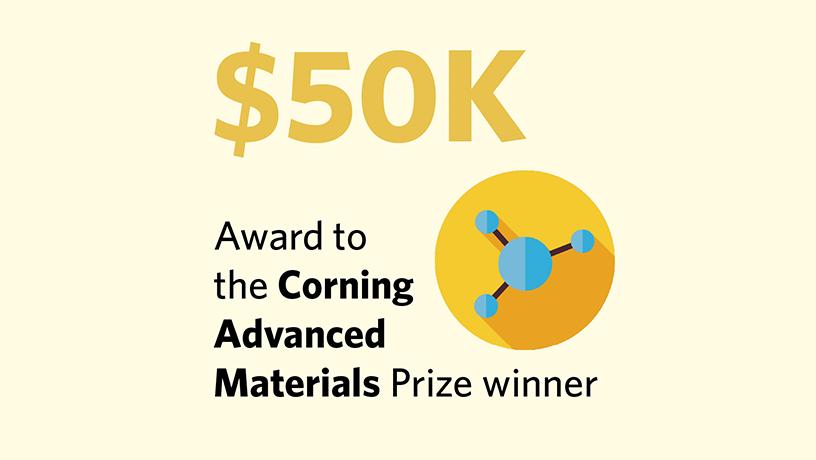
3 Columbia Engineers on how L2M got them from innovation to startup
AGELESS Valve
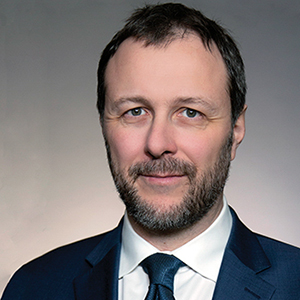
Engineer/Founder: Giovanni Ferrari, associate professor of surgery and of biomedical engineering
Accelerator: Columbia BiomedX (partially supported by the Yiannis and Jamie Monovoukas BiomedX Fund)
Status: Moving toward incorporation
Transcatheter aortic valve replacement, the 20-year-old cardiac surgery game changer (eliminating the trauma of chest-cracking by delivering heart valves through an incision in the leg) comes with a caveat: Collagen-based bioprosthetic heart valves (BHV) degrade over time, and more quickly among younger patients and diabetics. After discovering one reason for the failure—glycation—AGELESS developed a game changer of its own: the technology to chemically modify the BHV biomaterial before implantation, thus mitigating device failure.
L2M, says Ferrari, was instrumental in giving the team contacts for evaluating the AGELESS Valve’s commercialization, and possibly a bigger market. “It got us thinking about broader applications,” he says. “There are a lot of collagen-based bioplantable devices beyond BHVs.”
sHYp
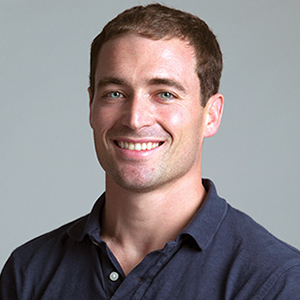
Engineer/Founder: Daniel Esposito, associate professor of chemical engineering
Accelerator: PowerBridgeNY
Status: Early-stage startup
The shipping industry—which burns heavy oil and diesel fuel, accounting for close to 3% of global CO2 emissions as of 2018—may have found its renewable savior in Esposito. His revolutionary sHYp electrolzyer turns seawater into green hydrogen. No desalinization, no purification, no toxic waste. The prototype was funded by and developed through PowerBridgeNY (part of the L2M Network). Esposito extols its Lean LaunchPad model for identifying tech bottlenecks, as well as potential customers and investment partners. “We regularly pitched to a project manager and a panel—people in the industry and from investment firms,” says Esposito. “They are really good at putting you through the ringer, asking very tough questions. But it’s so valuable. If you don’t have a winner, you’d rather figure that out early and pivot to a better plan.”
Fovea
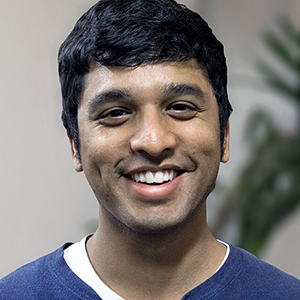
Engineer/Founder: Sharath Koorathota, PhD student in biomedical engineering
Accelerator: Columbia | IBM LAUNCH
Status: Early-stage startup
Before entering Columbia’s Biomedical Engineering Department, Koorathota had spent five years producing videos at a creative agency. “What’s really annoying now is that a professional video editor needs around five software apps to create, edit and release a video,” he says. Working in Professor Paul Sajda’s Intelligent Imaging and Neural Computing lab and focusing on eye tracking technology, Koorathota began to see how AI and cloud computing might be used to solve the problem of understanding what viewers want in order to create better video content, faster. He applied for the Columbia | IBM Launch Accelerator—“a really effective partnership”— where his team developed the business model for Fovea, a “one-stop shop” offering video content in minutes thanks to intelligent organization, search, and editing. Guidance from mentors in the media and marketing worlds kept it on the right track. “We adjusted our original proposal,” says Koorathota, “by learning about recent trends and best practices.”
